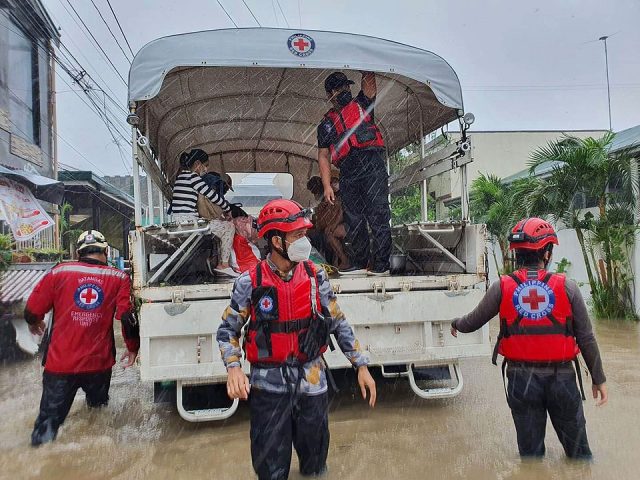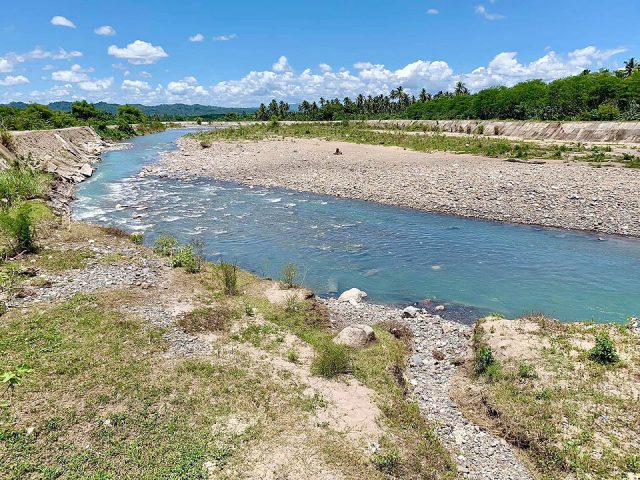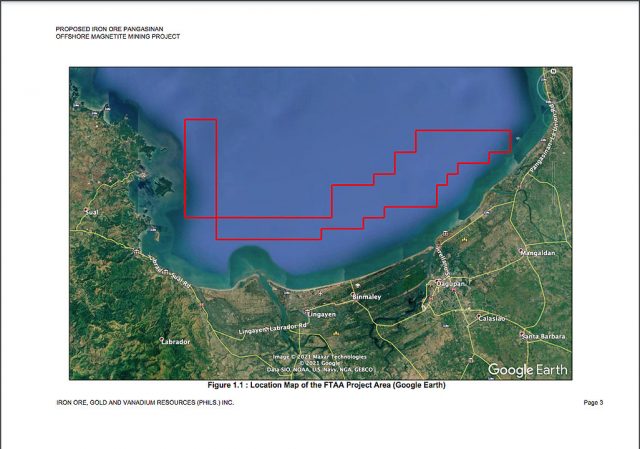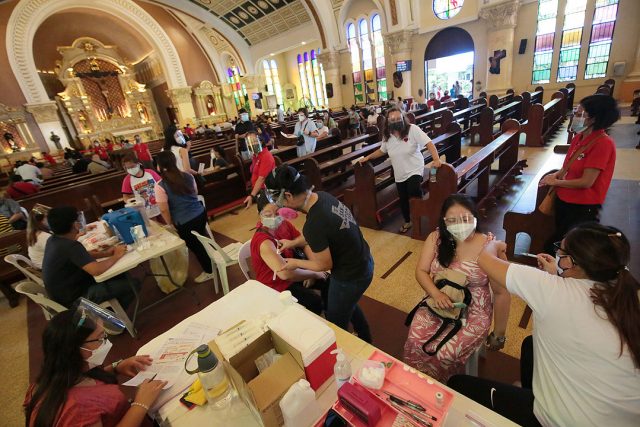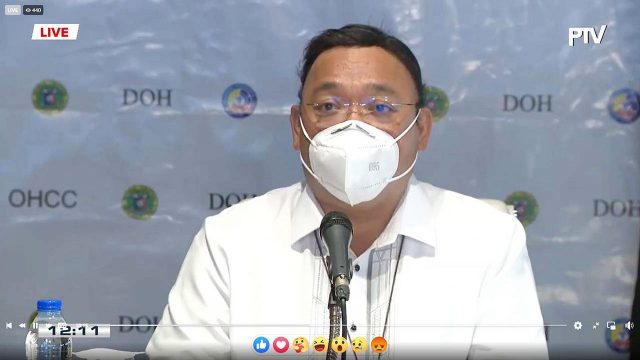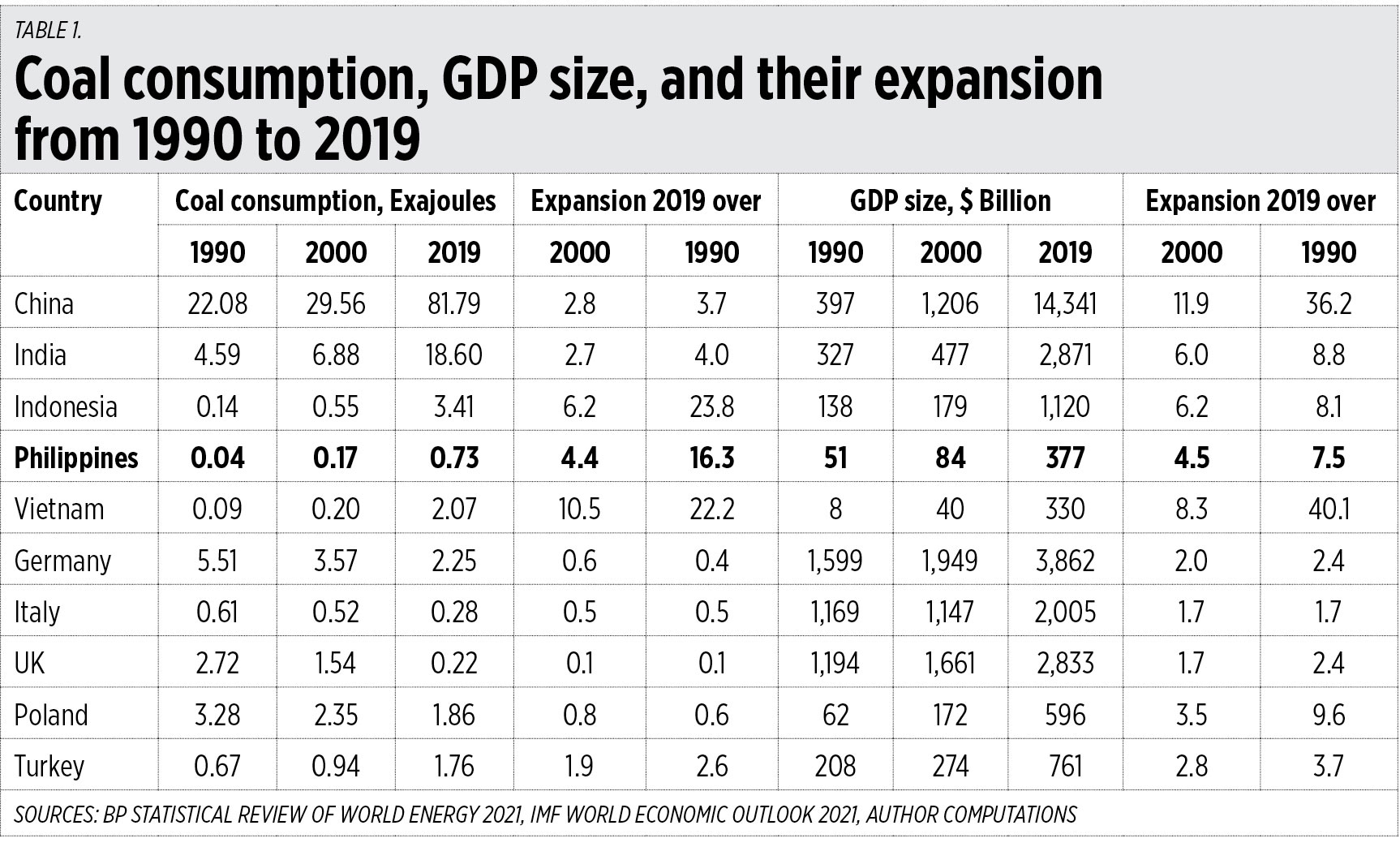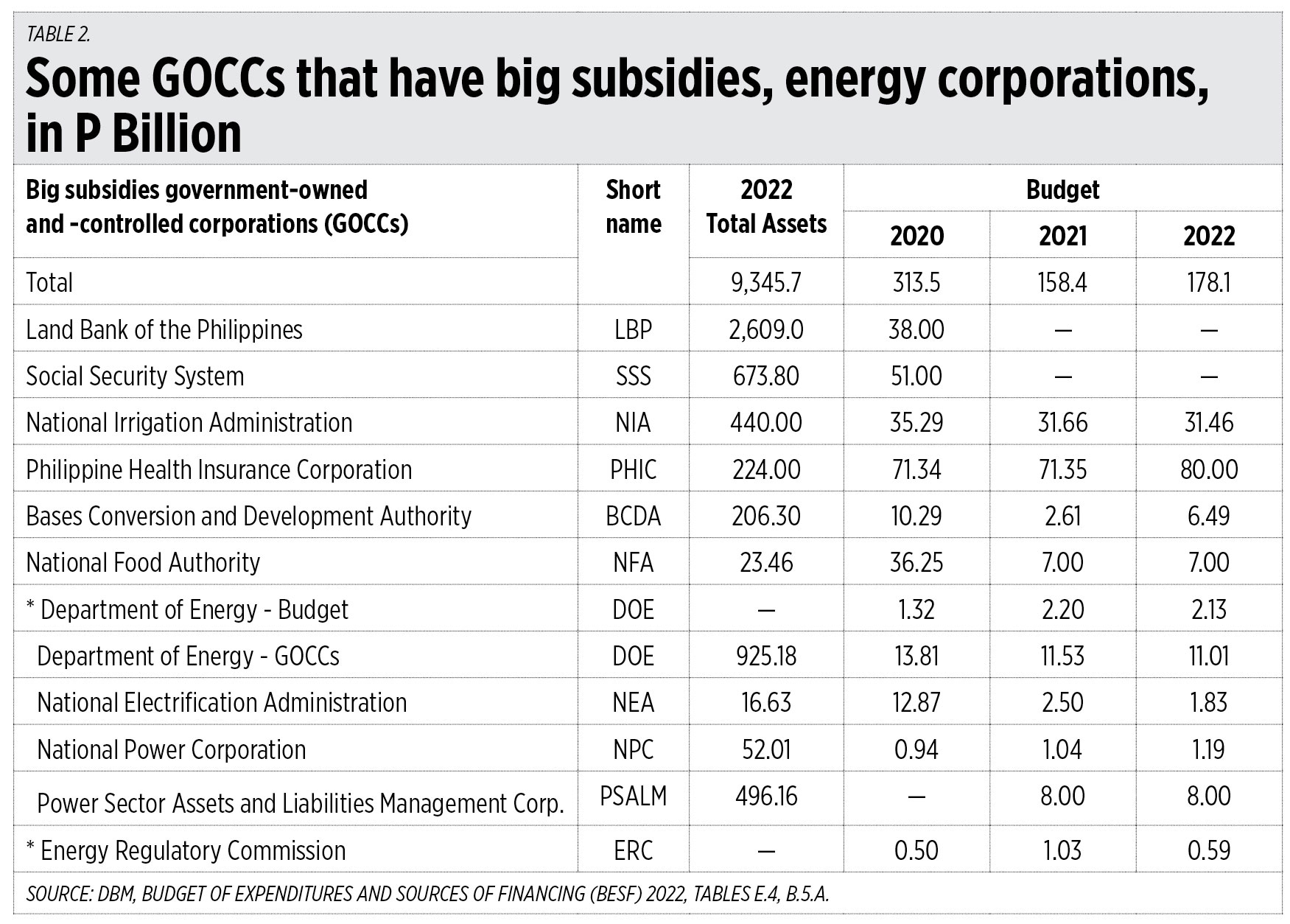NEW YORK — Novak Djokovic’s quest for a record 21st major title that would have completed the calendar year Grand Slam collapsed at the final hurdle in a stunning (6-4, 6-4, 6-4) defeat by Russian Daniil Medvedev in the US Open final on Sunday.
Medvedev, playing in his third major final, at last hoisted a Grand Slam trophy while avenging a straight sets defeat by Djokovic earlier this year in the Australian Open final.
The 34-year-old Serb was trying to become the first man in over a half-century to win all four majors (Australian Open, French Open, Wimbledon, US Open) in the same year.
It would have made him only the third man to achieve the feat after Don Budge (1938) and Rod Laver (1962 and 1969), who was watching from a courtside seat.
“It’s a tough one to swallow, this loss, considering everything that was on the line,” said Djokovic.
“I was glad it was over because the buildup for this tournament and everything that mentally, emotionally I had to deal with throughout the tournament in the last couple of weeks was just a lot.
“It was a lot to handle.”
For the fifth consecutive match, Djokovic found himself playing catch-up after dropping the first set.
But this time, there would be no way out as the rampaging Russian kept up the pressure with a barrage of aces while allowing Djokovic a single break.
In the second set, Medvedev stepped up the pressure further and Djokovic showed the first signs of cracking, the Serb destroying his racquet in a fit of frustration after missing two break chances.
With Djokovic on the ropes, Medvedev moved in with the knockout punch, breaking to clinch the second then racing to a double break 4-0 lead in the third.
Such was Medvedev’s domination that the only tiny bit of suspense came late in the third when the Russian was suddenly hit by a bout of nerves trying to close out the match.
Serving at 5-2, Medvedev double faulted on match point, allowing Djokovic to secure his break.
After the top seed held serve to trim the deficit to 5-4, Medvedev again had match point and again double faulted.
But the 25-year-old did not squander another chance, gathering himself to clinch the title on his third attempt.
Medvedev later revealed there might have been more drama had the match gone any further. He said he was starting to cramp up just as he began to close out the third and feared Djokovic would pounce if he saw any sign of vulnerability.
“At 5-4, my left leg, I almost couldn’t walk,” said Medvedev. “When I walked to the towel, my leg was just going behind.
“I was trying not to show it. If Novak feels it, it’s not good.”
WEIGHT OF HISTORY
Djokovic arrived on Arthur Ashe Stadium court with the weight of history on his shoulders.
An extraordinary women’s final on Saturday between teenagers Emma Raducanu and Leylah Fernandez had softened the spotlight’s glare on Djokovic, but there was no shirking from it on Sunday with tennis fans around the world tuned in to witness history.
The women’s final was the first Grand Slam to feature two unseeded players, but the men’s followed the form book to the letter with number one Djokovic meeting number two Medvedev.
The New York crowd had never really embraced Djokovic the way it wrapped its arms around Swiss Roger Federer and Spaniard Rafa Nadal, who have also won 20 Grand Slam titles.
It had also shown no real love for Medvedev, the lanky Russian who relished the role of US Open villain on his way to the 2019 final.
Perhaps sensing they were about to witness something special, the crowd rallied behind Djokovic from the moment he stepped on court, showering him with cheers and chants of his nickname: “Nole, Nole, Nole.”
“I felt something I never felt in my life here in New York,” said Djokovic. “The crowd made me (feel) very special.
“The emotion, the energy was so strong. I mean, it’s as strong as winning 21 Grand Slams.
“That’s how I felt, honestly.”
But no amount of support could lift Djokovic’s game.
The Serb had said he would treat the final as if it were the last match of his career, but never came close to finding his best.
Medvedev was also keenly aware there was a line in the history books for him if he were the player to deny Djokovic the coveted calendar year Grand Slam.
“It definitely makes it sweeter,” said Medvedev. “He was going for huge history and knowing that I managed to stop him, it definitely makes it sweeter and brings me confidence for what is to come.” — Reuters


